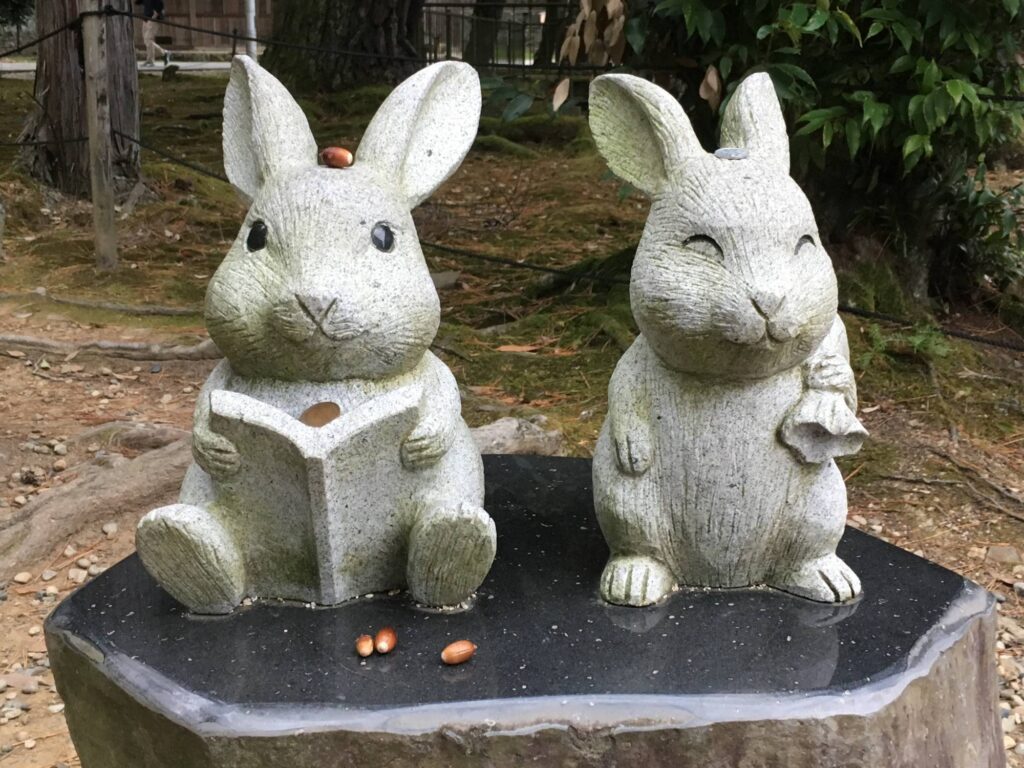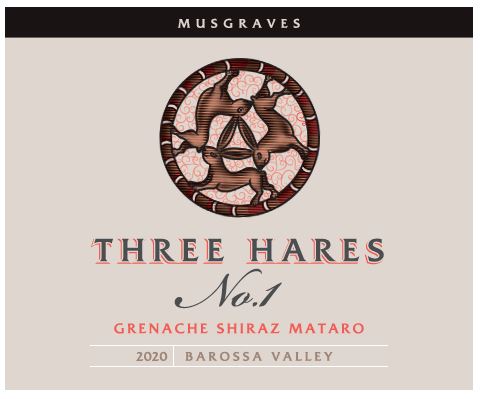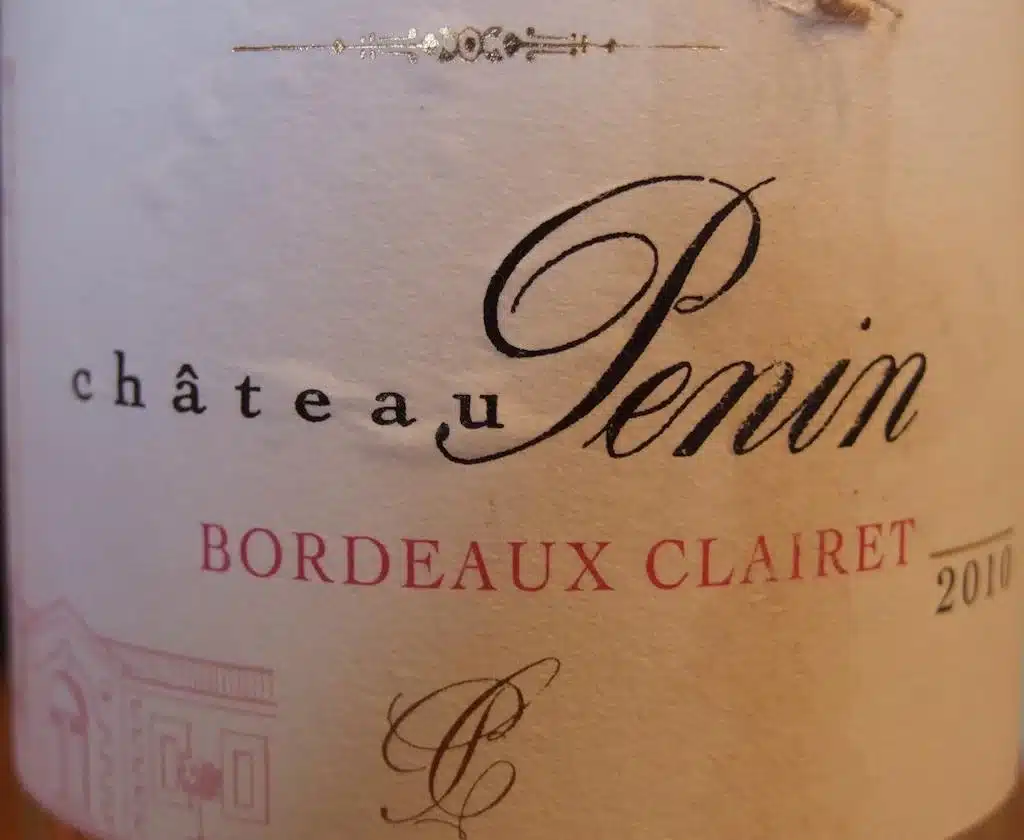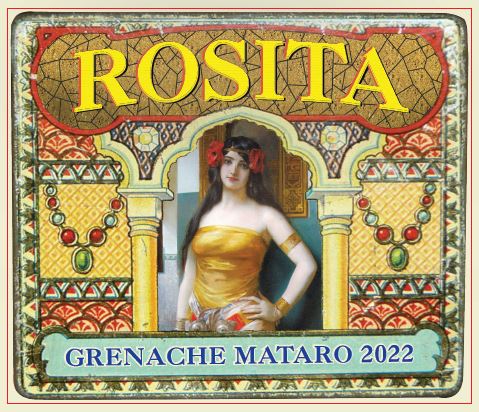It’s almost the year of the rabbit – but how about a hare instead? That’s the closest Glug has as appropriate to toast in the Lunar New Year.
This traditional Asian day of celebration is on Sunday 22 January. To discover what the year my bring I consulted the Chinese Zodiac site and discovered the Rabbit represents peaceful and patient energy. “This energy will encourage us”, I was informed, “to approach challenges and opportunities calmly and rationally.”
What sound advice when it comes to wine. Calm and rational assessment would put glugwines.com.au high on any list of value-for-money wines. And among those quality glug offerings are the Three Hares Grenache-Shiraz-Mataro blends.
Each is a 2020 vintage but they have different proportions of the three varieties. They make a good test of wine tasting rationality.
Three Hares No.1 Barossa Valley Grenache Shiraz Mataro 2020 (15.2 alc/v) $14.90
Three Hares No.2 Barossa Valley Mataro Grenache Shiraz 2020 (15.2 alc/v) $14.90
Three Hares No.3 Barossa Valley Shiraz Mataro Grenache 2020 (15.3 alc/v) $14.90
But back to rabbits and hares. The Japan Times in its preview of the Lunar New Year records that one of the country’s most famous and oldest tales involving the rabbit is the “Hare of Inaba,” which was recorded in the “Kojiki,” the oldest extant chronicle of Japan dating from the early eighth century.
“Legend has it that a hare challenged a shark to see whose family was the largest. When the sharks lined up to be counted, they stretched from the Oki Islands (in present-day Shimane Prefecture) to neighboring Cape Keta (in present-day Tottori Prefecture).
“The hare counted the sharks as he hopped along on top of them and, nearing the land on the other side, taunted them that he had set up the challenge simply to cross the sea. One shark attacked him and ripped off his fur. The hare asked for help from some passing gods but they treated him cruelly. Only one, Onamuchi helped him heal, resulting in Onamuchi’s enshrinement for benevolence at Izumo-Taisha, believed to be the oldest Shinto shrine in Japan.

“Even today, the shrine grounds are full of statues of rabbits in various poses as a nod to this famous tale and its connection to the local area.”
Surely that story makes the Hares approprite toast in the Lunar New Year.





